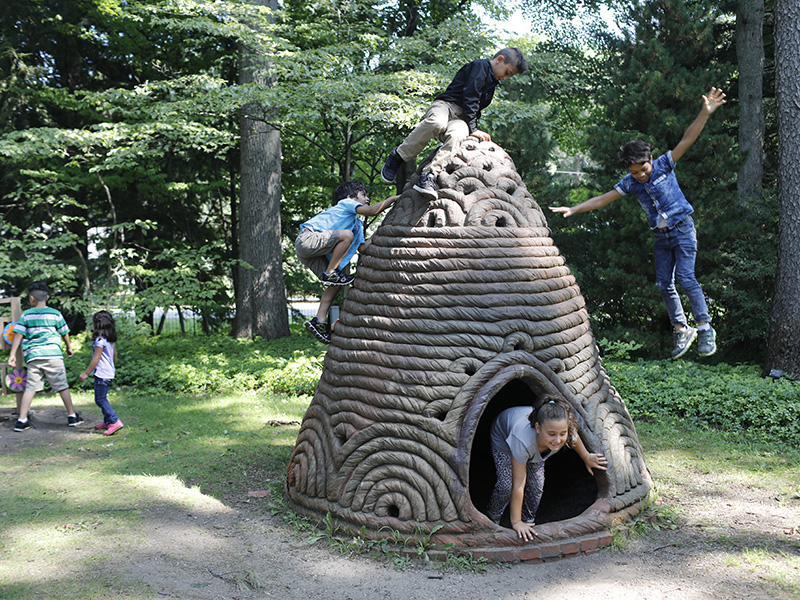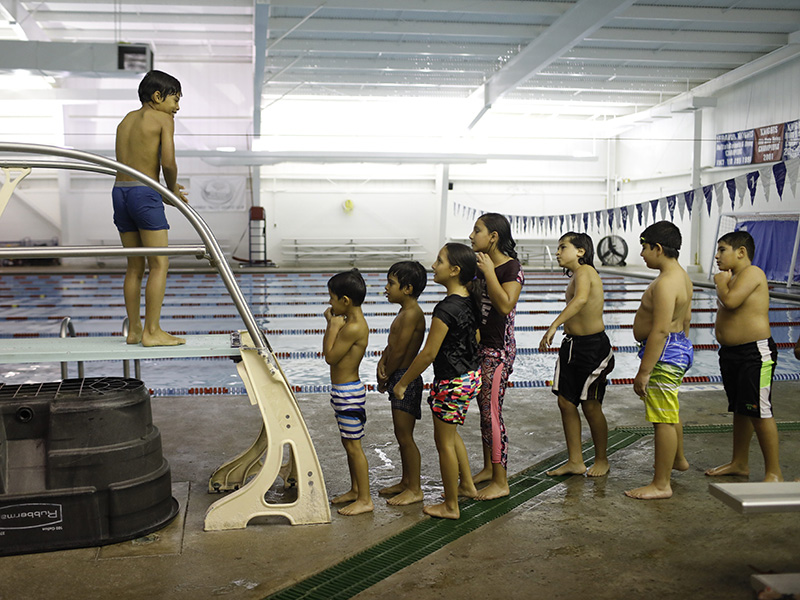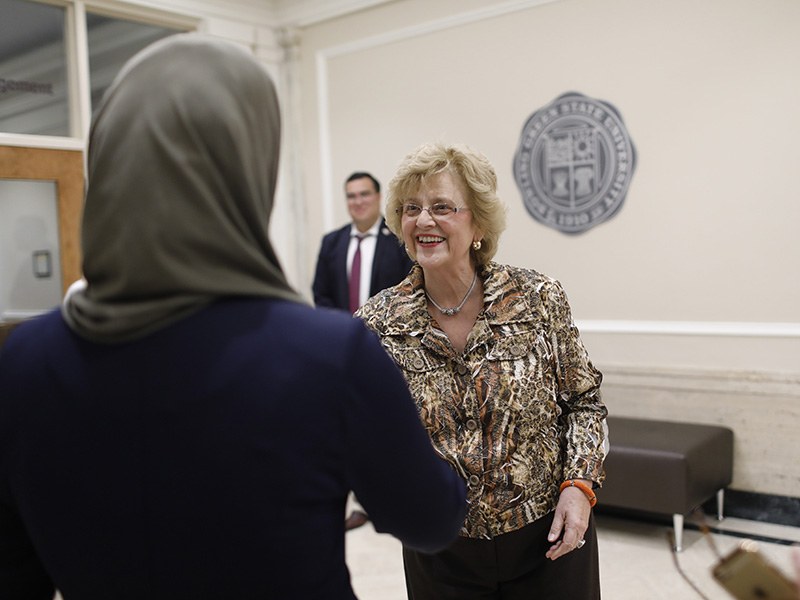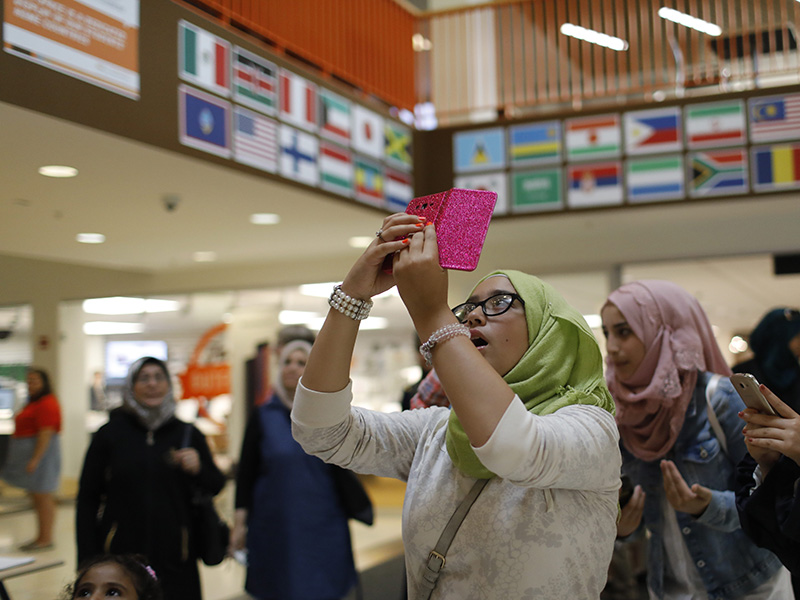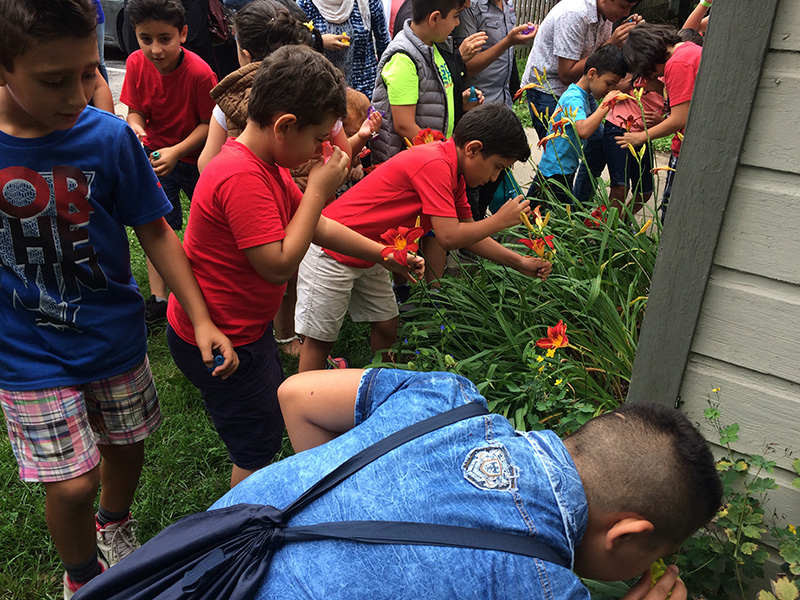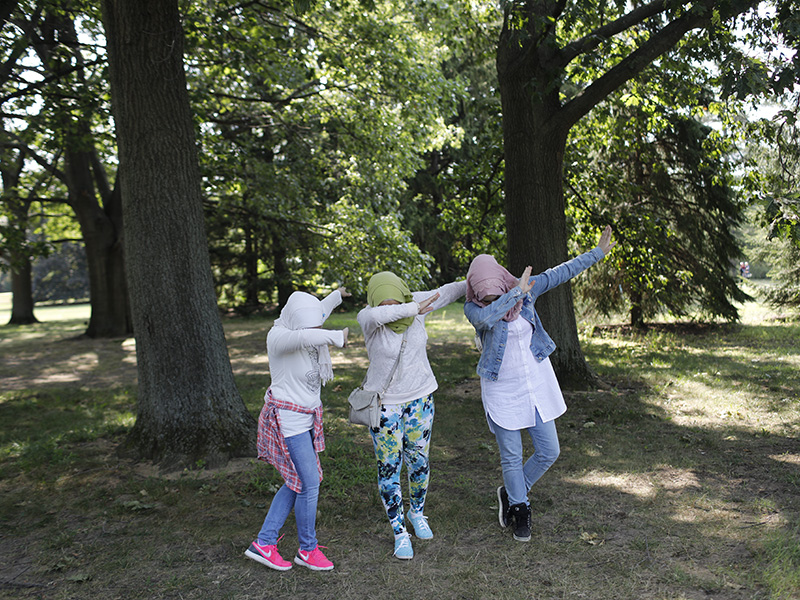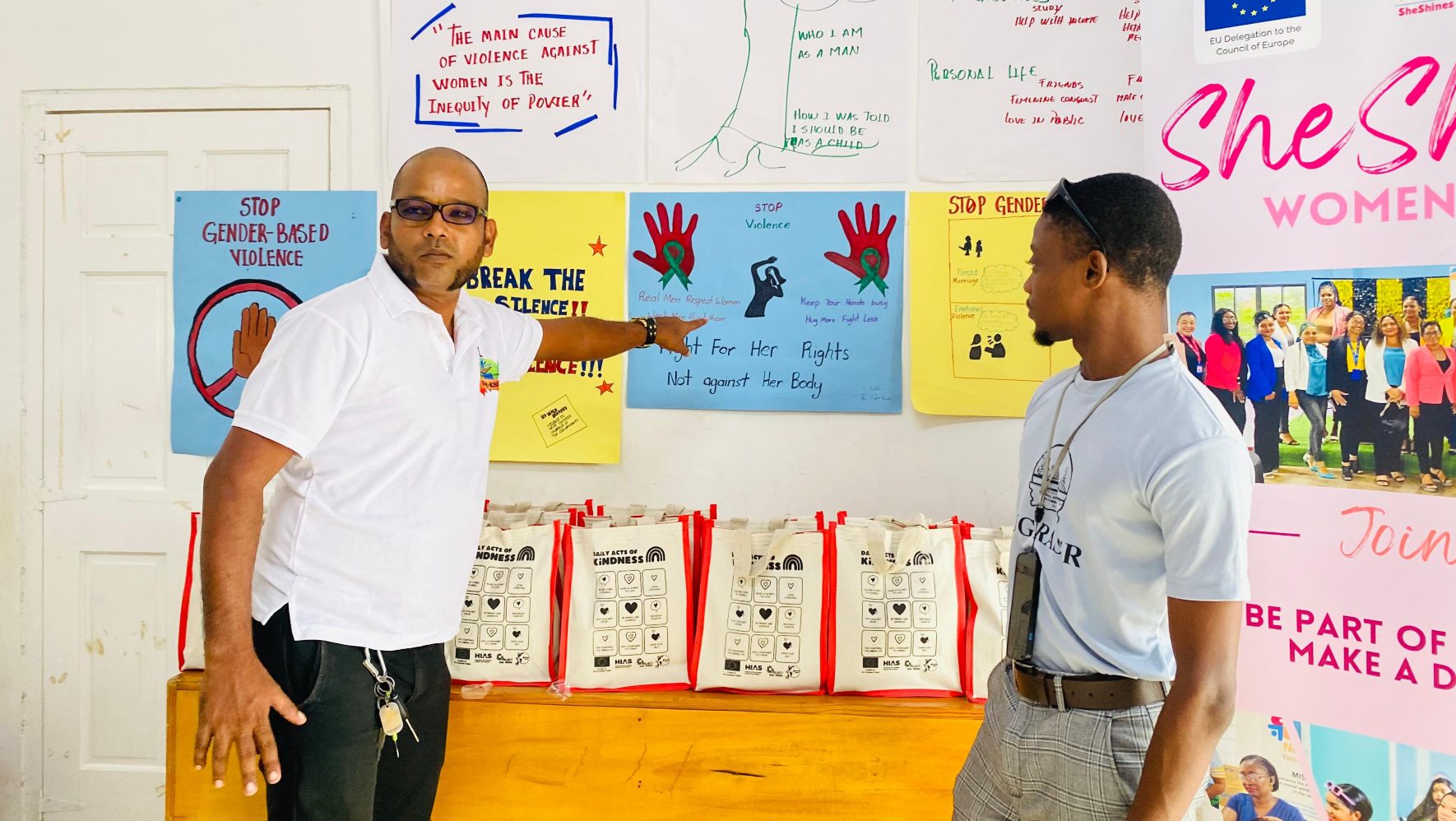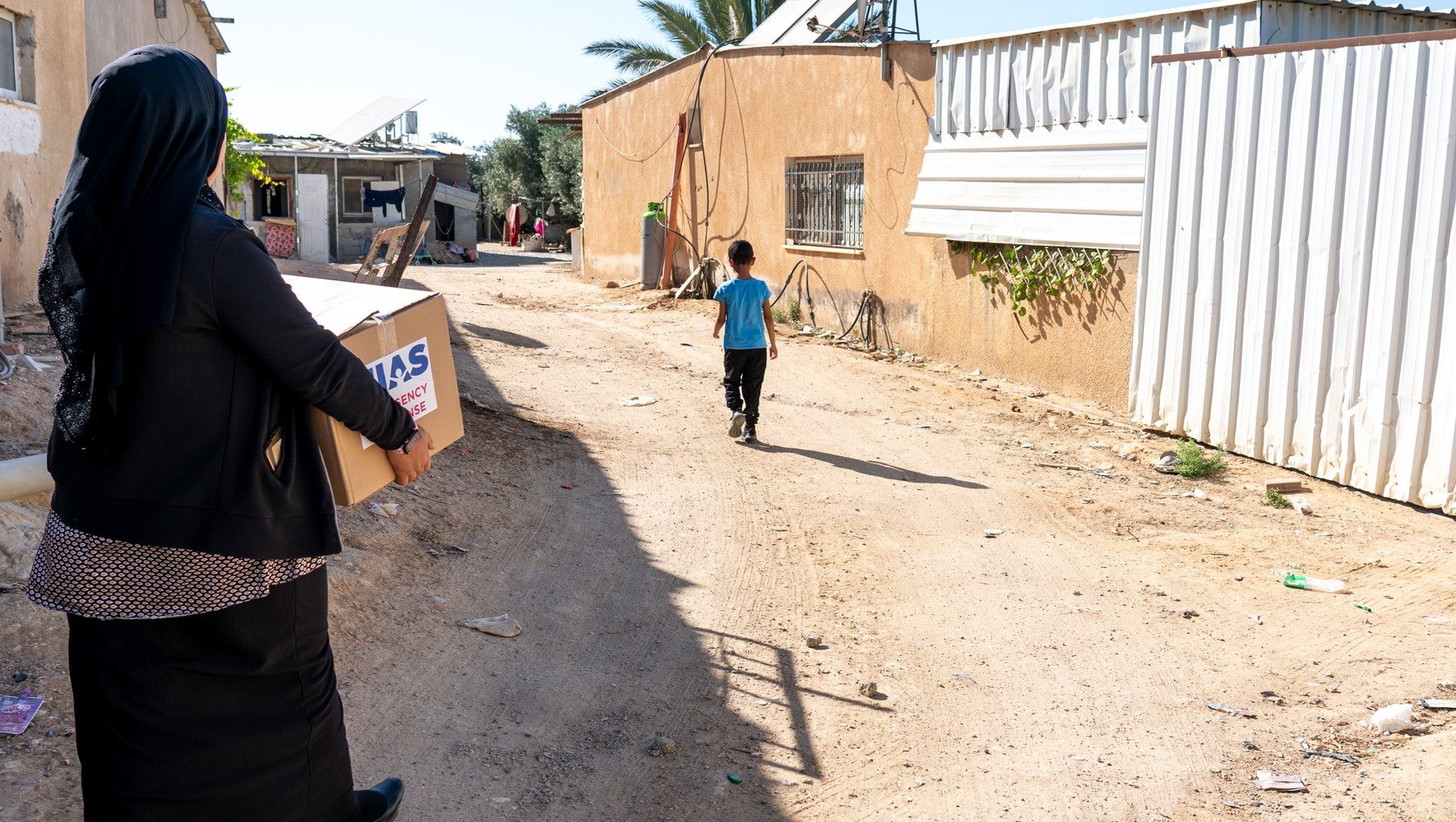SLIDESHOW: Ohio Summer Camp Empowers Refugee Women and Children
By Irena Ehrlich, Guest Contributor
Aug 25, 2017
For many Americans, summer camp means bunk beds, bonfires and bug spray. But in Toledo, Ohio, an immersive five-week day camp has helped a group of recently resettled Syrian refugee women and children adjust to their new home in the United States.
When Corine Dehabey founded this summer program for her clients last year, she had a clear goal in mind: empowering refugee women.
Dehabey is the director of US Together in Toledo, one of HIAS’ local resettlement partners. The summer camp program she created, now in it’s second year, allowed more than fifty women and children to explore and engage in their local community.
While the inaugural program last summer took place in a classroom setting and included only a few outings, this year focused on introducing participants to various cultural and educational institutions around Toledo. Christ the King Church, a Catholic church that helps support US Together in several capacities, sponsored the outings.
All of this year’s participants were Syrian. Some have been in the U.S. for as long as two years, and others for just three months.
Roda, a mother of two, who came to Toledo a year and a half ago from Qamishli, Syria, was grateful for the sense of community the camp created among the refugee women.
“It’s such a nice and beautiful program, it was a very fun time for us and for our kids,” she said. “We found more activities and places that we didn’t know about, and it was good to know more English and to make more contact with other families.”
A visit to the National Museum of the Great Lakes, on a 300 year old ship, helped participants learn about regional history. While touring the Toledo Botanical Garden, the women and children watched a skit about how plants grow.
The group also went to two farms to learn about different kinds of animals, try horseback riding and learn about honey making. Children had swimming lessons throughout the summer, and all participants passed a swim test at the end of the program.
A particular favorite was visiting the Toledo Museum of Art, where they observed glass-blowing, and children took art classes while their mothers learned pottery techniques.
Dehabey also organized visits to local houses of worship, including a synagogue.
“I wanted them to go to a synagogue because HIAS was a part of them coming to the United States and it’s important to be exposed to different religions and to other cultures,” Dehabey, who is also from Syria, explained.


